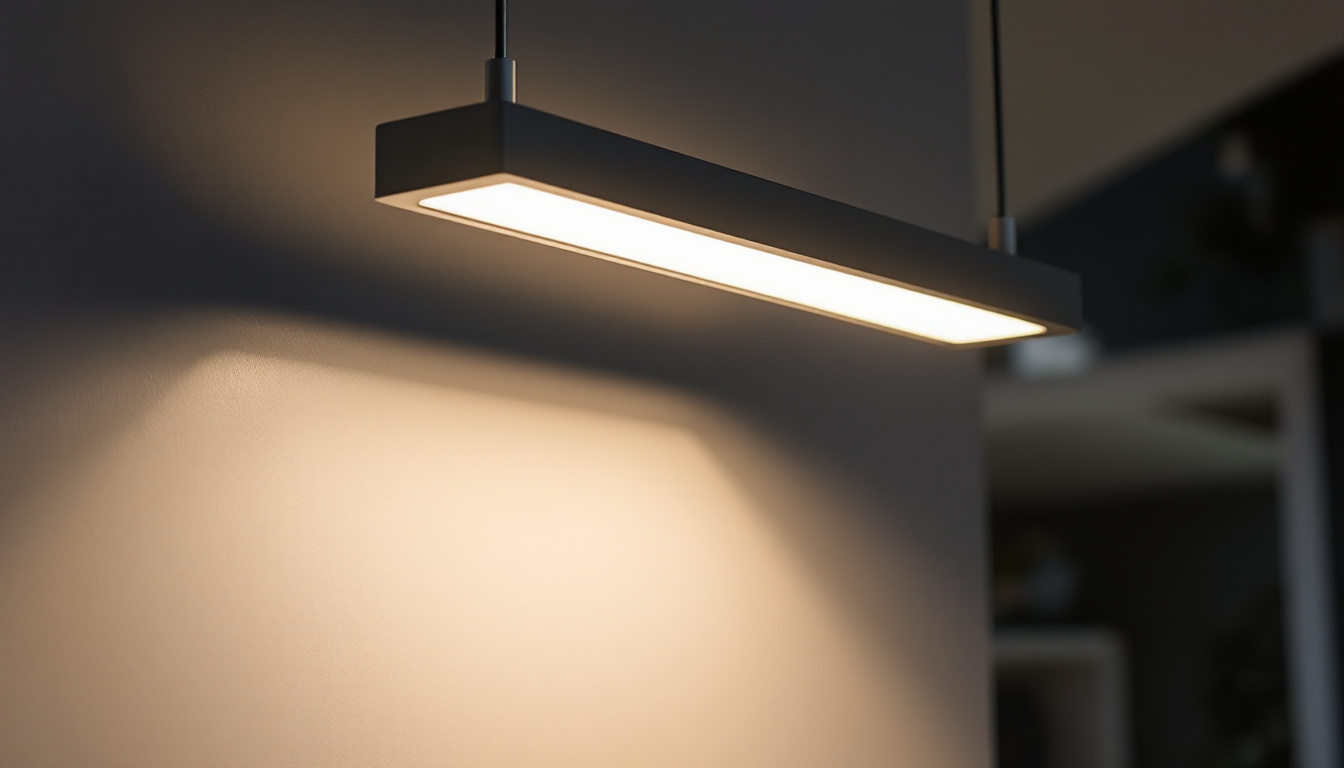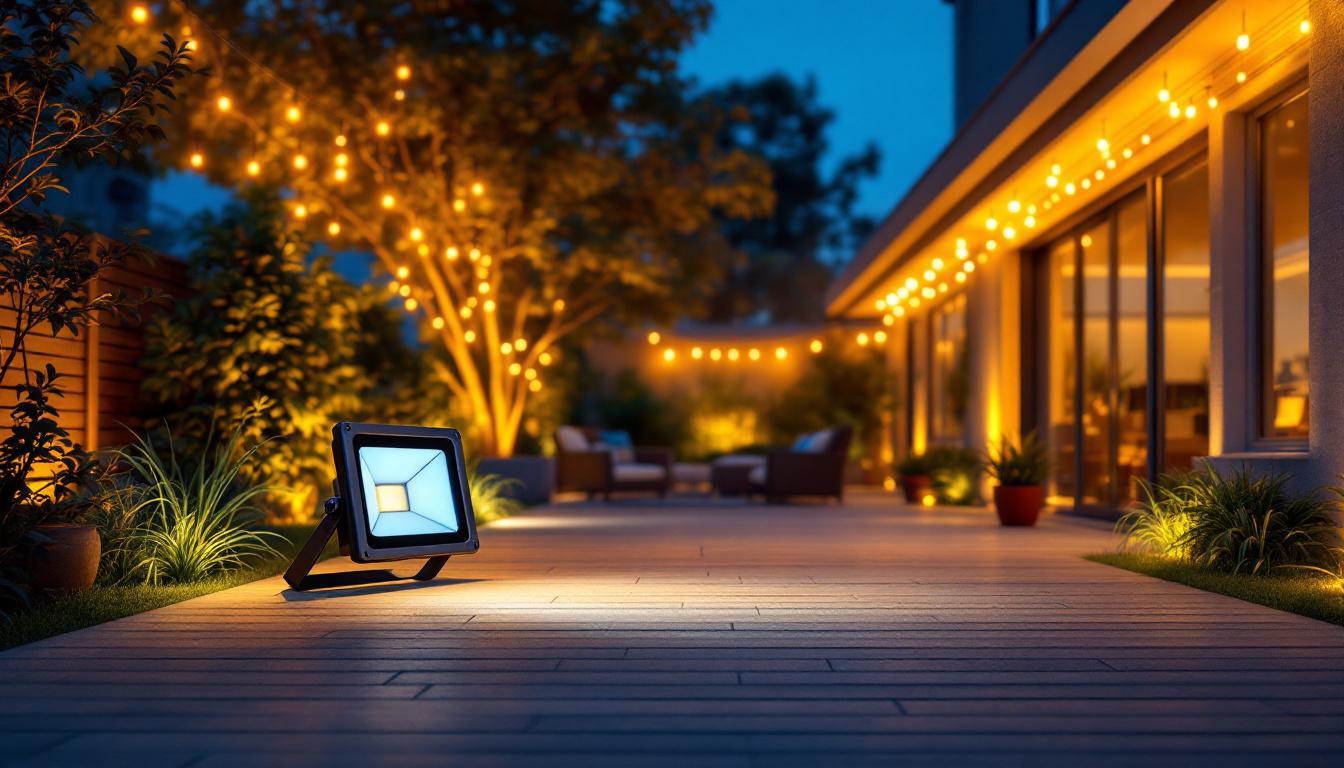
As the demand for efficient and aesthetically pleasing lighting solutions continues to grow, fluorescent light diffusers have become an essential component in the toolkit of lighting contractors. This comprehensive handbook aims to provide valuable insights into the benefits, types, installation, and maintenance of fluorescent light diffusers, ensuring that contractors are well-equipped to meet their clients’ needs.
Fluorescent light diffusers serve a vital role in the lighting industry, transforming harsh, direct light into a softer, more even illumination. This not only enhances the visual comfort of a space but also improves the overall aesthetic appeal. By scattering light and reducing glare, diffusers help create a more inviting environment in both residential and commercial settings.
A fluorescent light diffuser is a panel or cover designed to spread the light emitted from fluorescent bulbs evenly across a surface. These diffusers come in various materials, including acrylic, polycarbonate, and glass, each offering distinct advantages in terms of durability, light transmission, and ease of installation. Acrylic diffusers, for instance, are lightweight and shatter-resistant, making them a popular choice for both home and office environments. On the other hand, glass diffusers provide superior optical clarity and can enhance the overall design of a fixture, but they may require more careful handling due to their fragility.
Incorporating diffusers into lighting designs can yield numerous benefits. Firstly, they significantly reduce glare, which can be particularly uncomfortable in workplaces or areas with prolonged exposure to artificial light. Secondly, diffusers can enhance the aesthetic quality of a space, allowing for a more uniform light distribution that complements the interior design. This is especially important in settings such as art galleries or retail spaces, where the quality of light can affect the perception of colors and textures.
Furthermore, diffusers can improve energy efficiency. By optimizing the light output and reducing the need for additional lighting fixtures, contractors can help clients save on energy costs while maintaining a well-lit environment. Additionally, many modern diffusers are designed to work seamlessly with LED technology, allowing for even greater energy savings and longer lifespans compared to traditional fluorescent bulbs. This adaptability not only supports sustainability efforts but also aligns with the growing trend toward eco-friendly building practices.
Moreover, the installation of fluorescent light diffusers can also contribute to sound absorption in a space. Certain materials used in diffusers can help dampen noise, making them an excellent choice for busy environments such as offices, schools, and healthcare facilities. By creating a quieter atmosphere, diffusers can enhance productivity and overall well-being, proving that their benefits extend far beyond just lighting aesthetics.
Understanding the different types of fluorescent light diffusers available is crucial for lighting contractors. Each type has its unique characteristics and applications, making it essential to select the right one for specific projects.
Acrylic diffusers are among the most popular choices due to their lightweight nature and excellent light transmission properties. They are available in various textures and patterns, allowing contractors to customize the appearance of the lighting. Acrylic is also resistant to yellowing, ensuring that the diffuser maintains its clarity over time. Additionally, acrylic diffusers can be easily fabricated into custom shapes and sizes, making them versatile for various architectural designs. Their ability to diffuse light evenly helps to reduce glare, creating a more comfortable environment for occupants, which is particularly beneficial in office spaces and educational institutions.
Polycarbonate diffusers are known for their exceptional durability and impact resistance. This makes them ideal for environments where the risk of damage is higher, such as industrial settings or areas with high foot traffic. Additionally, polycarbonate diffusers can withstand extreme temperatures, making them suitable for both indoor and outdoor applications. Their high resistance to UV radiation also ensures that they will not degrade or discolor over time when exposed to sunlight. This feature is particularly advantageous for exterior lighting installations, where maintaining aesthetic appeal and functionality is critical. Furthermore, polycarbonate diffusers can be treated with anti-static coatings, which help to reduce dust accumulation, making them easier to maintain in demanding environments.
While glass diffusers are less common, they offer a premium look and feel that can elevate the design of any space. Glass provides excellent light diffusion and can be treated with various finishes to achieve different effects. However, contractors should consider the fragility of glass and ensure that it is appropriately installed to prevent breakage. The ability to incorporate decorative elements, such as etched designs or colored glass, allows for unique lighting solutions that can complement the overall aesthetic of a room. Moreover, glass diffusers can enhance the quality of light emitted by fluorescent fixtures, contributing to a more visually appealing atmosphere. In high-end retail environments or hospitality settings, the use of glass diffusers can create a sophisticated ambiance that attracts customers and enhances their experience.
Proper installation of fluorescent light diffusers is critical to achieving the desired lighting effects and ensuring safety. Lighting contractors should pay close attention to several key factors during the installation process.
Before installation, it is essential to ensure that the chosen diffuser is compatible with the existing fluorescent fixtures. This includes checking the size, shape, and mounting mechanisms to guarantee a secure fit. Using the wrong diffuser can lead to inefficient lighting and potential safety hazards. Additionally, it is advisable to consider the light output and color temperature of the bulbs being used, as these elements can significantly affect how the diffuser performs. A well-matched diffuser can enhance the overall aesthetic of the space while providing the right amount of illumination for various tasks.
There are various mounting techniques for fluorescent light diffusers, including clip-in, snap-in, and screw-in methods. Each technique has its advantages, and contractors should choose the one that best suits the specific project requirements. Proper mounting is crucial to prevent the diffuser from becoming dislodged or damaged over time. Furthermore, the choice of mounting technique can impact the ease of maintenance and replacement. For instance, snap-in diffusers may allow for quicker access when bulb changes are necessary, while screw-in options might provide a more secure fit in high-traffic areas where vibrations could be a concern.
During installation, electrical safety should always be a top priority. Contractors must ensure that power to the fixtures is turned off before beginning work. Additionally, using insulated tools and following local electrical codes will help minimize the risk of accidents and ensure a safe installation process. It is also beneficial to conduct a thorough inspection of the wiring and fixtures before installation, looking for any signs of wear or damage that could pose a risk. Implementing a checklist for safety measures can further enhance the reliability of the installation, ensuring that all necessary precautions are taken to protect both the workers and the end-users of the lighting system.
In addition to the technical aspects of installation, contractors should also consider the environmental impact of the materials used. Selecting diffusers made from recyclable or eco-friendly materials can contribute to sustainability efforts and reduce the carbon footprint of the installation project. Moreover, energy-efficient lighting solutions, such as LED retrofits, can be integrated with fluorescent diffusers to enhance energy savings and extend the lifespan of the lighting system. By prioritizing environmentally responsible choices, contractors can not only improve the quality of light in a space but also promote a greener approach to lighting design.
Regular maintenance of fluorescent light diffusers is essential to ensure optimal performance and longevity. Lighting contractors should educate their clients on proper care and maintenance practices to keep the diffusers in excellent condition.
Dust and grime can accumulate on diffusers over time, affecting light quality and reducing efficiency. Contractors should recommend gentle cleaning solutions and soft cloths to avoid scratching the surface of the diffuser. For acrylic and polycarbonate diffusers, it is crucial to use non-abrasive cleaners to prevent damage.
Regular inspections for signs of damage, such as cracks or discoloration, are vital. Damaged diffusers can compromise lighting quality and may need to be replaced. Contractors should advise clients to conduct periodic checks, especially in high-traffic areas where wear and tear are more likely.
Selecting the appropriate fluorescent light diffuser for a project involves considering several factors, including the intended use of the space, aesthetic preferences, and budget constraints.
Before making a decision, contractors should assess the space where the diffuser will be installed. Factors such as ceiling height, existing lighting conditions, and the purpose of the room will influence the choice of diffuser. For example, a workspace may require a diffuser that minimizes glare, while a retail space may prioritize aesthetics.
While high-quality diffusers may come with a higher price tag, it is essential to consider the long-term benefits they provide. Investing in durable, efficient diffusers can lead to cost savings over time through reduced energy consumption and maintenance needs. Contractors should help clients weigh the initial costs against potential savings to make informed decisions.
The lighting industry is continually evolving, with new technologies and design trends emerging regularly. Staying informed about these innovations can help lighting contractors offer cutting-edge solutions to their clients.
With the rise of smart home technology, integrating fluorescent light diffusers with smart lighting systems is becoming increasingly popular. This allows for customizable lighting options, enabling users to adjust brightness and color temperature according to their preferences. Contractors should explore smart diffuser options to enhance their service offerings.
As sustainability becomes a priority in many industries, the demand for eco-friendly materials in lighting solutions is on the rise. Contractors should consider sourcing diffusers made from recycled or sustainable materials, which not only reduce environmental impact but also appeal to eco-conscious clients.
Fluorescent light diffusers play a crucial role in enhancing the quality of lighting in various environments. By understanding the types, benefits, installation techniques, and maintenance practices associated with these diffusers, lighting contractors can provide exceptional service to their clients. As the industry continues to evolve, staying informed about innovative trends and sustainable practices will ensure that contractors remain competitive and relevant in the ever-changing landscape of lighting design.
By leveraging this comprehensive handbook, lighting contractors can confidently navigate the complexities of fluorescent light diffusers, ultimately delivering outstanding results that meet their clients’ needs and expectations.
Ready to elevate your lighting projects with the highest quality fluorescent light diffusers? Look no further than LumenWholesale, where we provide lighting contractors with spec-grade lighting products at unbeatable wholesale prices. Say goodbye to local distributor markups and hello to a vast selection of reliable, high-performance lighting that meets the highest industry standards. With free shipping on bulk orders, you can trust that you’re getting premium lighting at the best value — without any hidden fees. Don’t compromise on quality, affordability, or convenience. Make your next project shine by visiting Wholesale Lighting at the Best Value and experience the LumenWholesale difference today.

Discover the latest trends in LED lighting that every contractor needs to know.

Discover the essential compliance requirements for lighting contractors in this comprehensive guide.

Discover the ultimate guide to four-foot LED fixtures, covering essential features, benefits, installation tips, and energy-saving advantages.

Discover the insider tips and expert advice from lighting contractors on maximizing the efficiency and impact of 100-watt LED flood lights.